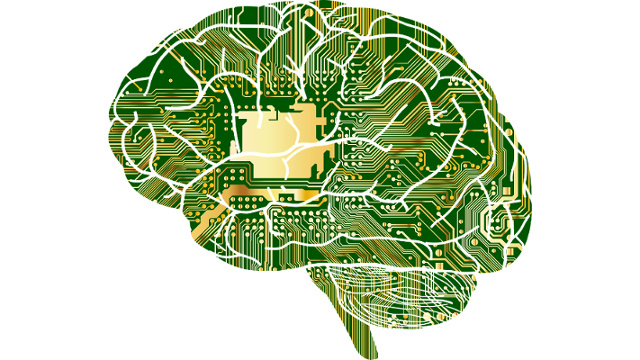The rise of AI marks an end to CPU dominated computing
Just as Intel, the king of CPUs and the very bloodstream of computing announced that it is ending its Intel Developer Forum (IDF) annual event, this week in San Jose, NVIDIA, the king of GPUs and the fuel of Artificial Intelligence is holding its biggest GPU Technology Conference (GTC) annual event yet. Coincidence? Hardly.
With something north of 95 per cent market share in laptops, desktops, and servers, Intel-the-company is far from even looking weak. Indeed, it is systematically adding to its strengths with a strong x86 roadmap, indigenous GPUs of its own, acquisition of budding AI chip vendors, pushing on storage-class memory, and advanced interconnects.
But a revolution is nevertheless afoot. The end of CPU-dominated computing is upon us. Get ready to turn the page.
The Rise of AI
Digitization means lots of data, and making sense of lots of data increasingly looks like either an AI problem or an HPC problem (which are similar in many ways, see “Is AI the Future of HPC?”). Either way, it includes what we call High Density Processing: GPUs, FPGAs, vector processors, network processing, or other, new types of accelerators.
GPUs made deep neural networks practical, and it turns out that after decades of slow progress in AI, such Deep Learning algorithms were the missing ingredient to make AI effective across a range of problems.
NVIDIA was there to greet this turn of events and has ridden it to strong leadership of a critical new wave. It’s done all the right things and executed well in its usual competent manner.
Competition
A fast-growing lucrative market means competition, of course, and a raft of new AI chips is around the corner.
Intel already acquired Nervana and Movidius. Google has its TPU, and IBM its neuromorphic chip, TrueNorth. Other AI chip efforts include Mobileye (the company is being bought by Intel), Graphcore, BrainChip, TeraDeep, KnuEdge, Wave Computing, and Horizon Robotics. In addition, there are several well-publicized and respected projects like NeuRAM3, P-Neuro, SpiNNaker, Eyeriss, and krtkl going after different parts of the market.
One thing that distinguishes Nvidia is how it addresses several markets with pretty much a single underlying platform. From automobiles to laptops to desktop to gaming to HPC to AI, the company manages to increase its Total Available Market (TAM) with minimal duplication of effort. It remains to be seen whether competitive chips that are super optimized for just one market can get enough traction to pose a serious threat.
The world of computing is changing in profound ways and chips are once again an area of intense innovation. The Silicon in Silicon Valley is re-asserting itself in a most welcome manner.
________
Note: A variation of this article was originally published in The Register, “The rise of AI marks an end to CPU dominated computing”.
Shahin is a technology analyst and an active CxO, board member, and advisor. He serves on the board of directors of Wizmo (SaaS) and Massively Parallel Technologies (code modernization) and is an advisor to CollabWorks (future of work). He is co-host of the @HPCpodcast, Mktg_Podcast, and OrionX Download podcast.

